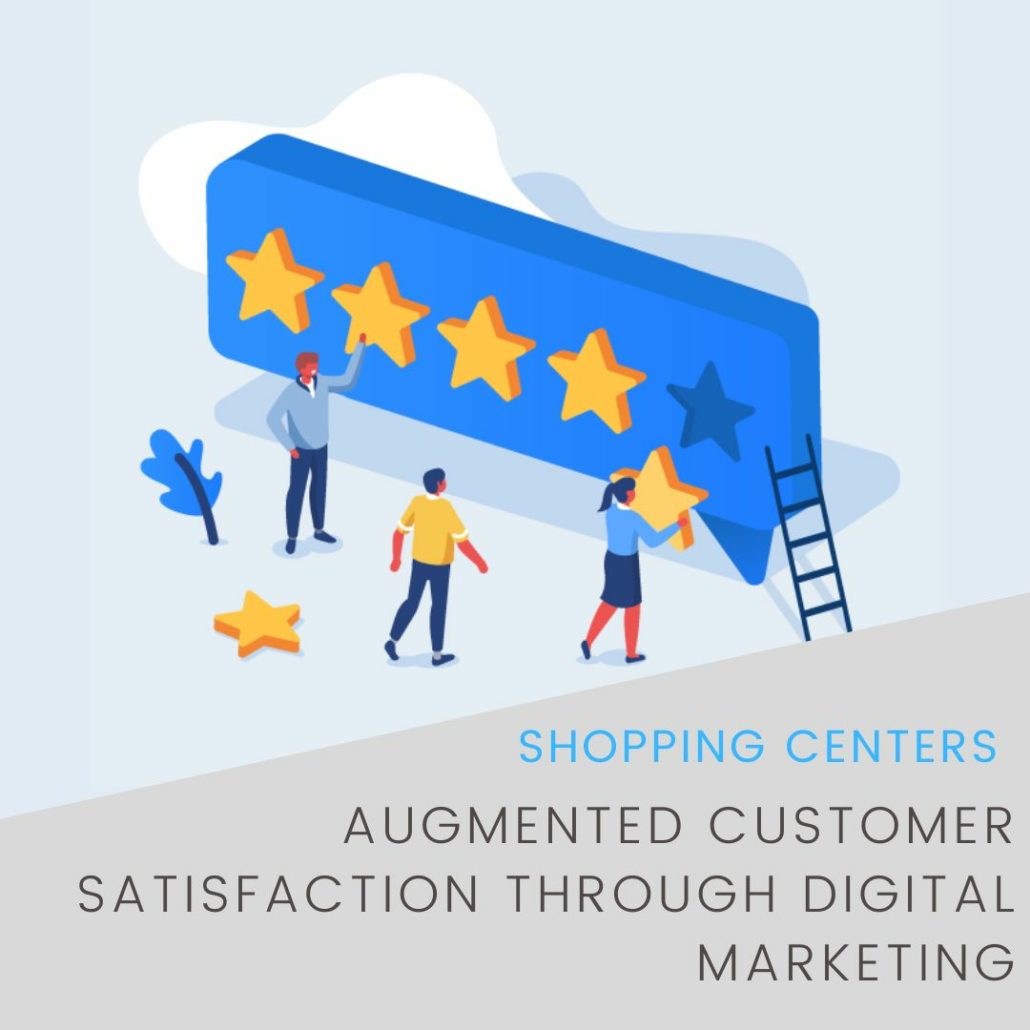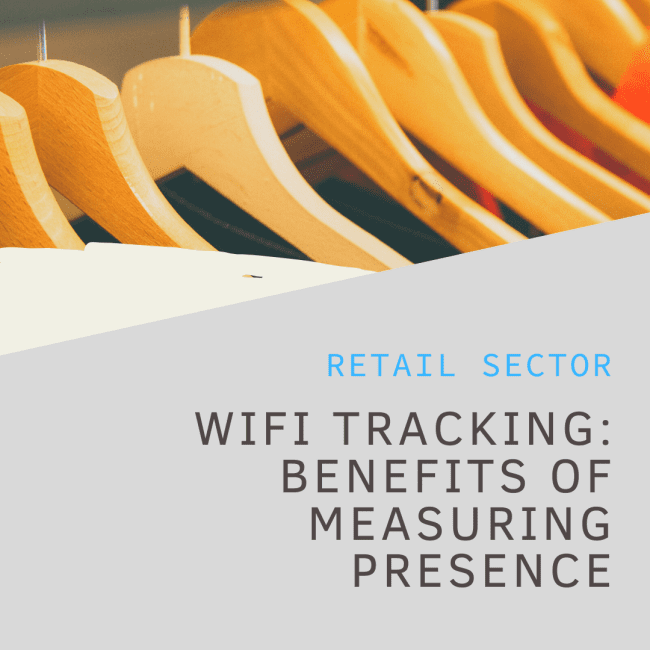Businesses strive to optimize customer service through digital marketing in the digital age. With the rise of social media, customers have higher expectations of companies regarding the customer experience they receive. To meet these expectations and keep up with competitors, digital marketing can be leveraged to provide an innovative approach to increasing customer satisfaction.
By utilizing data-driven strategies, businesses can tailor their customer service to meet customer’s unique needs, providing a more personalized experience that will keep them engaged and satisfied.
Digital Marketing: A vital element for Consumer Engagement
Digital marketing is a vital element for consumer engagement that allows brands to reach, interact and engage with their target audience in a practical, meaningful, and direct manner. Traditional forms of advertising can be expensive, time-consuming, and limited in reach, while digital marketing can expand your customer base exponentially. Digital marketing is a subset of traditional marketing that promotes goods, services, and brands using the internet and other digital technology.
Email marketing, social media marketing, search engine optimization (SEO), website design, blog production, and other techniques may be used. Businesses can interact with their current clients through these initiatives and reach out to potential new clients.
Digital marketing enables brands to create a personal connection with their customers. Through this type of marketing, businesses can effortlessly track user data and create targeted campaigns to engage their audience. This can be done through email marketing, retargeting ads, and more. By getting to know your customers better, businesses can create better and more tailored marketing campaigns.
Digital marketing is an effective tool for companies to connect with customers.
Omni-Channel Strategy for trouble free communication
An omni-channel strategy effectively allows businesses to interact with customers, allowing for trouble-free communication and engagement. It involves providing a consistent, unified customer experience across all digital touch points, including email, web, mobile devices, social media, in-store events, etc. Using an omni-channel strategy, businesses can ensure that customers can access the same information regardless of their platform. This allows them to provide a more efficient, streamlined experience tailored to each customer’s needs. This strategy can create brand loyalty and increase customer satisfaction by providing a consistent message across all channels.
Formulating AI to Improve Customer Satisfaction
Businesses can leverage artificial intelligence (AI) to improve customer satisfaction. AI technology can be used to provide more personalized customer service in addition to providing insights into consumer behavior and preferences. Companies are utilizing this technology to automate processes such as generating automated customer support messages, providing real-time customer feedback, and more.
AI can also create marketing automation systems that provide personalized product recommendations and drive customer engagement. These automated systems learn from customer interactions and adjust their messaging accordingly, making customers feel appreciated and more likely to return. By leveraging AI technologies, businesses can increase customer satisfaction by providing a tailored experience for each customer.
Personalization to Improve Consumer Experience (CX)
Personalization is an essential factor in improving customer experience (CX). Personalizing customer experiences help build relationships with customers while making them feel valued and appreciated. By personalizing marketing campaigns, product recommendations, promotional offers, etc., businesses can create a more engaging and enjoyable customer experience that leads to higher satisfaction rates.
Data-driven personalization is vital to providing customers with tailored experiences. By collecting data from customer interactions, businesses can gain insights into preferences and trends that help to create more effective and personalized experiences for their target audience. Companies can also use AI technologies to refine their personalization efforts by gathering in-depth customer insights and predictions. With the right tactics, businesses can create an enhanced customer experience that improves CX and increases loyalty.
Ways to facilitate Augmented Reality (AR)
Augmented reality (AR) is a technology that enables businesses to create interactive and immersive environments. By leveraging this technology, companies can provide customers with an enhanced experience by allowing them to interact virtually with products or services in ways that were not possible before. Businesses can facilitate AR through various strategies, such as developing dedicated AR apps and integrating AR into existing apps. By creating dedicated apps, businesses can offer customers the ability to digitally engage with products or services using tools such as virtual showrooms and product configurators. Additionally, by integrating AR into existing applications, businesses can add new interactive features that improve CX and provide a more engaging experience.
Augmented Reality (AR) is a compelling technology that has the potential to revolutionize nearly every industry. It can also be used to make tasks easier and more enjoyable. To facilitate the development of AR applications, there a few key ways that businesses and developers can do so:
Enhance touring and assistance:
AR can be used to create virtual tours and assistance applications that allow customers to view, explore, and interact with various products or services.
- Develop interactive content: Businesses can use AR to develop interactive content such as videos, 360-degree images, games, etc., that make it easier for customers to engage with their products or services.
- Create a buzz around the brand: AR applications can create a buzz around the brand by developing interactive campaigns or experiences that are both engaging and entertaining.
- Provide support: AR-enabled applications can provide customers with virtual assistance, tutorials, and other forms of support that make it easier for them to understand how to use products or services.
These strategies can help businesses create engaging AR experiences for their customers and improve CX. By leveraging these tactics, companies can provide customers with an enhanced experience that leads to better satisfaction and loyalty.
Future of Digital marketing in shopping centres
The future of digital marketing in these venues is becoming more apparent as shopping malls become more digitized. Shoppers now have easy access to a wealth of product and service information because of the growth of e-commerce and mobile commerce, frequently in real-time. A potent tool for communicating with clients and boosting revenue, digital marketing is now. Digital marketing can assist shopping centers in remaining competitive in a crowded market with everything from online ads and email campaigns to virtual reality experiences and interactive digital displays.
Digital marketing can also enhance the customer experience at shopping centers. For example, retailers can use augmented reality (AR) technology to provide shoppers with interactive product demos or personalized offers. AI-powered chatbots can help customers navigate the shopping center and provide real-time assistance. In addition, geofencing technology can be used to push customized recommendations and promotional messages to shoppers while they are in the mall.
Conclusion
Digital marketing is an effective tool for companies to connect with customers and design memorable experiences. Businesses can provide clients with an interactive, immersive experience that increases customer satisfaction by utilizing technology like augmented reality (AR); businesses can provide customers with an interactive, immersive experience that leads to higher satisfaction rates. With the right strategies, companies can facilitate AR applications that make it easier for customers to engage with products or services in new ways. By leveraging these technologies, businesses can create an enhanced customer experience that increases customer satisfaction and loyalty.







